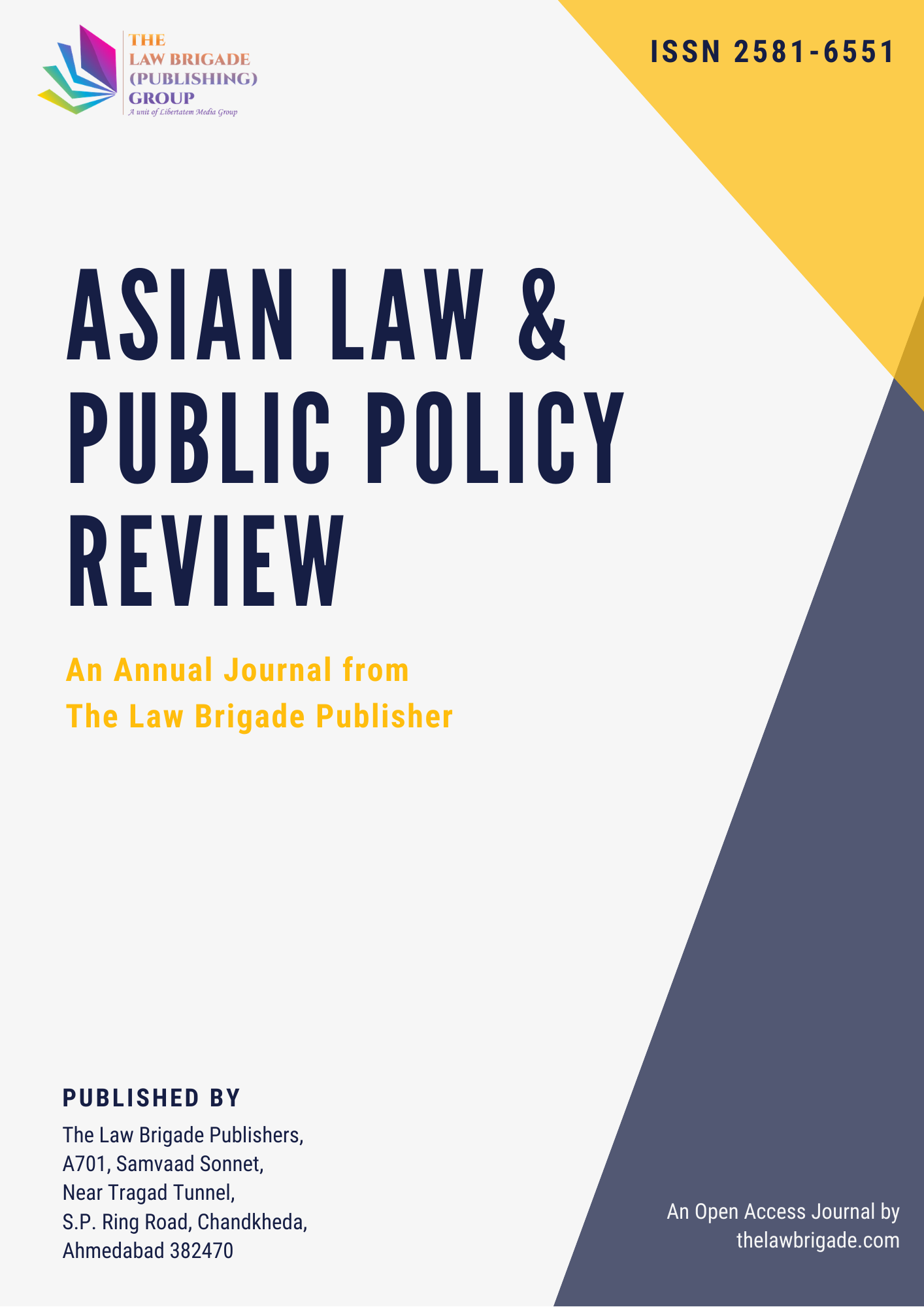The concept of corporate restructuring may be primarily defined as the systemic alteration of corporate composition; entailing the “re-organization” of business activity [classified as principal revenue generation/operation; Investment (Portfolio-Holding) and Financing][i] in furtherance of the optimal fulfilment of organizational objectives (subject to the mitigation of extraneous and intrinsic cost- inclusive of ‘Agency Costs’). Corporate restructuring, may hence be characterized as a modus operandi of evolutionary business survival- fostering the dynamic mitigation of detrimental costs (often impairing fundamental profitability/metrics of financial health)- attributable to both internal and external business ecosystems. The 3 forms of corporate restructuring- derived from the classification of business activity, entail: financial, organizational and investment portfolio restructuring.[ii] Financial restructuring would amount to the alteration of corporate capital structure or the principal financing activities of a business. Organizational restructuring would amount to the alteration of principal business operations (entailing the combination of productive factors- and their organization i.e., human capital deployment, sales strategy deployed). Investment portfolio restructuring would pertain to the alteration of a company’s investments (potentially subject to any degree of control/stake retained by the company devoid of the materiality of ‘holding characterization’) and/or investment structure (potentially definitive of the composition of its principal business operations). Such classes of corporate restructuring transactions, may be subject to concurrent relevance, with a specific restructuring attempt (i.e., The acquisition of a competing business), potentially amounting to financial, organizational and investment portfolio restructuring.
[i] Taxmann, Corporate Restructuring: Types and Importance, 23rd January, 2023, available at https://www.taxmann.com/post/blog/corporate-restructuring-types-and-importance/.
[ii] Philip A. Gibbs, Determinants of Corporate Restructuring: The Relative Importance of Corporate Governance, Takeover Threat and Free Cash Flow, Strategic Management Journal Vol. 14 (1993), pp. 51-68.





